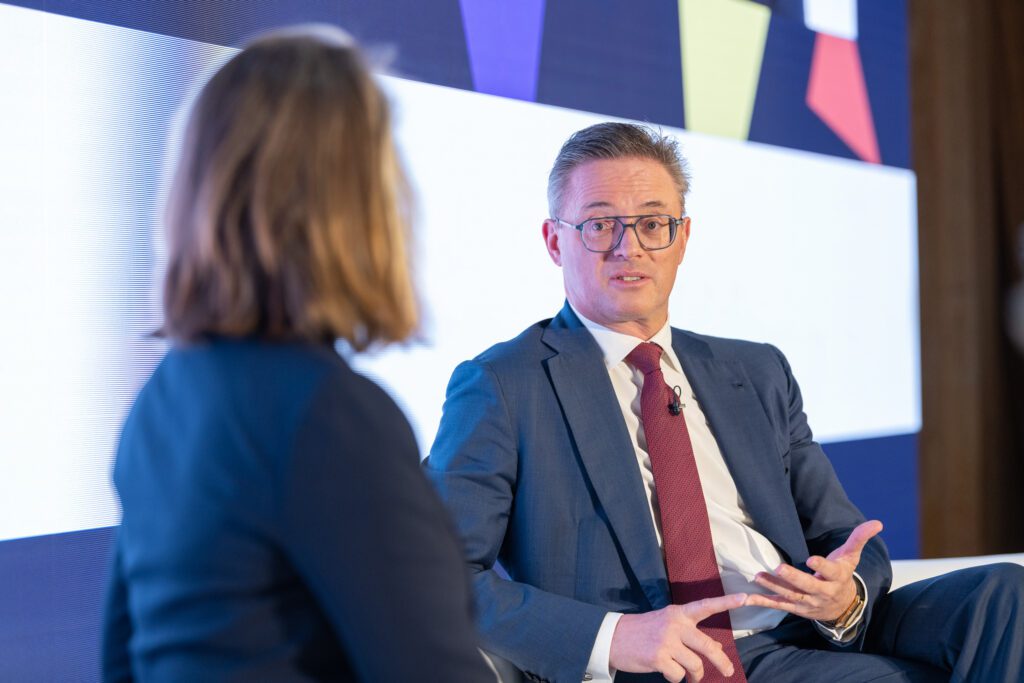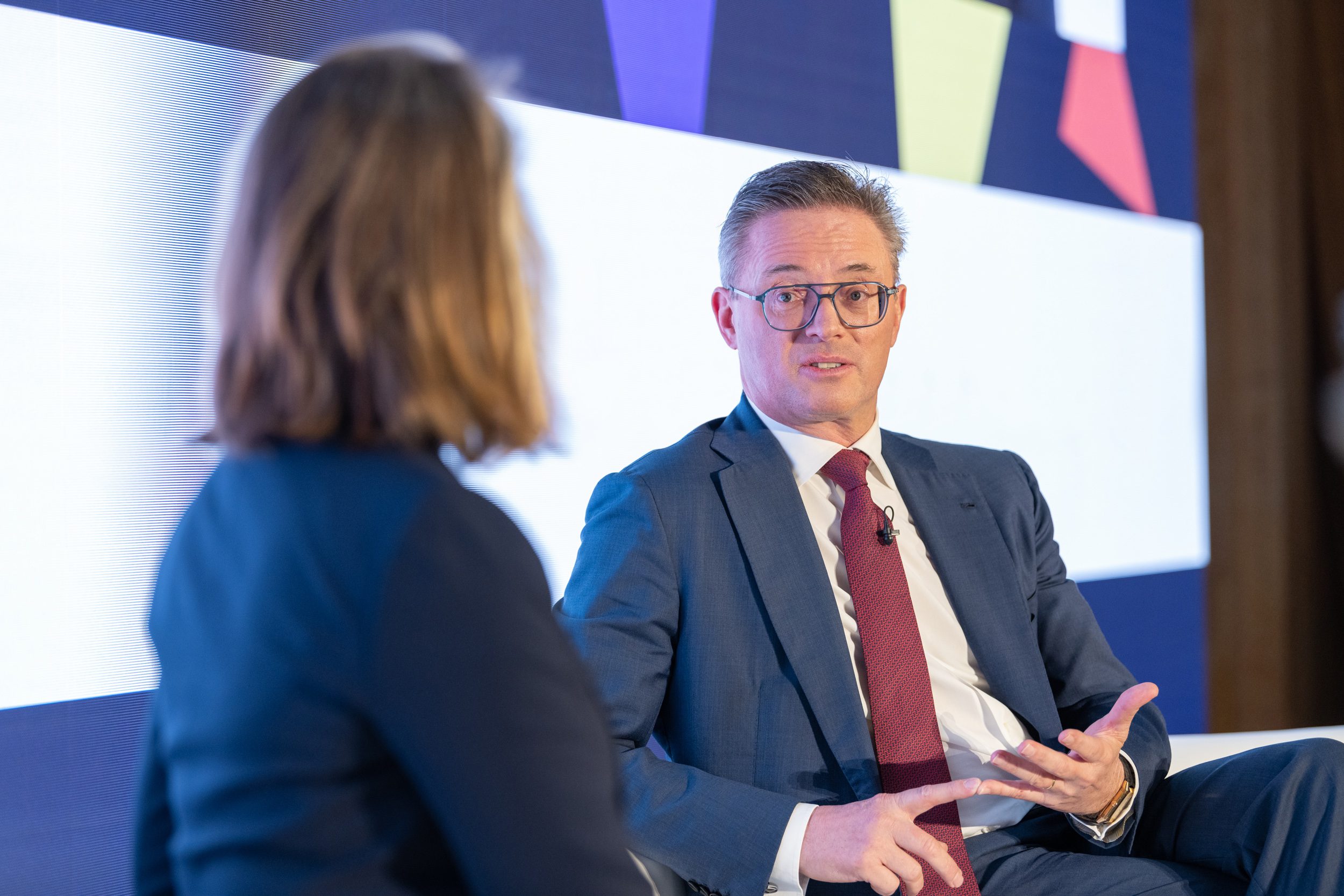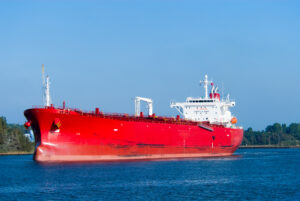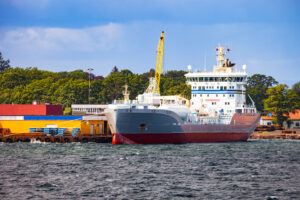
Singapore-based commodity trading company Trafigura Group Pte Ltd (Trafigura) expects 4.5% increase in annual emissions from oil tankers alone due to diversions around the Cape of Good Hope.
Research by the giant commodities group estimated that an extra 200,000 barrels of fuel oil will be consumed by oil tankers alone this year as they are diverted around the Cape of Good Hope.
The current disruption to global trade from ships not being able to use the Red Sea is leading to much longer voyages and a dramatic increase in emissions.
“When container ships and other vessels are considered, we think an additional 500,000 barrels of fuel will be consumed by the shipping industry this year because of the disruptions.”
The trader and shipowner says that there are numerous actions the shipping industry can implement to reduce emissions. One of the options is the use of biofuels. There are several types of biofuels on the market including biodiesel, also known as fatty acid methyl esters (FAME).
B30 – a blend of 30% fatty acid methyl esters (FAME) and 70% very low sulphur fuel oil (VLSFO) – is expected to be a popular choice, Trafigura explains, adding that is set to play a significant role in the near term, while the industry transitions to low or zero carbon fuel sources.
Technical measures such as silicone hull coatings, wake equalising ducts (WED), ultrasonic propeller antifouling technology, and continuous underwater hull cleaning and propeller polishing are another way to quickly reduce emissions, according to the trader.
Reducing fleet speeds is also one of the fastest and most cost-effective ways to reduce CO₂ emissions. However, in this case more ships are needed to cover the demand.
As Trafigura explains by travelling more slowly, vessels consume less fuel, which not only reduces operational costs but also reduces GHG emissions.
In order to reduce emissions, it is vital that the shipping industry is able to measure them on a vessel-by-vessel basis.
“We cannot rely on industry averages because these estimates may not be an accurate reflection of real world emissions. That is one of the reasons why we have invested in a company called Daphne Technology,” Trafigura says.
The Swiss-based group has developed a system called PureMetrics™ that can measure and report greenhouse gas emissions (GHGs) from onboard a vessel in real time.
Meanwhile the use of on-board emission capture to sequester CO₂ and other GHGs such as methane, is another step that can be taken to reduce the environmental impact of shipping.
Daphne Technology is developing a cleaning system that targets specifically “methane slip” from engine exhausts, it says.
In its analysis, the trader explains that there is no simple solution when it comes to the decarbonisation of shipping, and a range of options will be needed to reduce emissions now and in the future.
“Looking forward, we think low-emission ammonia and methanol will eventually become the primary shipping fuels of the future,” Trafigura concludes.



